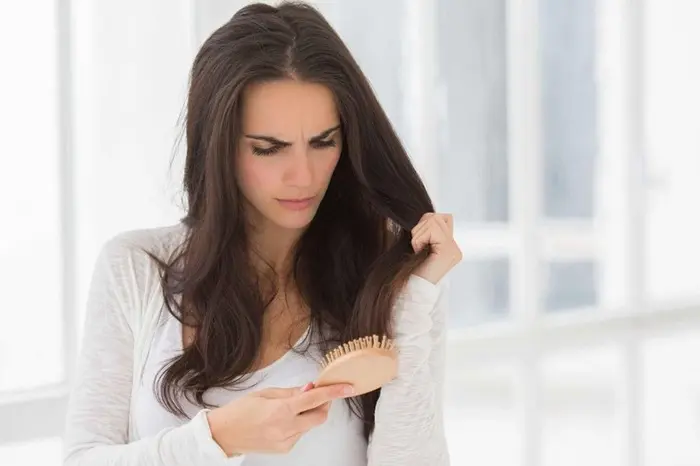Hair transplant surgery is a significant procedure aimed at restoring hair growth and improving the overall appearance of the hairline. Postoperative care is crucial for ensuring the success of the transplant and minimizing complications. One common question that arises among patients is when they can resume using their normal shampoo after the procedure. This article provides a comprehensive overview of the recommended practices and timeline for resuming normal shampoo use following a hair transplant.
Understanding Hair Transplant Surgery
What is a Hair Transplant?
A hair transplant is a surgical procedure designed to address hair loss by relocating hair follicles from a donor site (usually the back or sides of the scalp) to areas of thinning or balding. The two primary methods of hair transplant are:
Follicular Unit Transplantation (FUT): Involves removing a strip of scalp from the donor area and dissecting it into individual follicular units.
Follicular Unit Extraction (FUE): Involves extracting individual hair follicles directly from the donor area using a specialized punch tool.
Purpose and Benefits
The primary goals of a hair transplant are to:
Restore Hair Growth: Improve density and coverage in areas of hair loss.
Enhance Aesthetics: Create a natural-looking hairline and overall appearance.
Boost Confidence: Provide a permanent solution to hair loss and improve self-esteem.
Postoperative Care After Hair Transplant
Immediate Postoperative Care
After a hair transplant, it’s crucial to follow specific postoperative care instructions to ensure optimal healing and hair growth. This includes:
Avoiding Physical Stress: Refrain from strenuous activities and avoid touching or scratching the scalp.
Managing Swelling and Discomfort: Use prescribed medications and apply cold compresses as directed.
Keeping the Scalp Clean: Follow the recommended cleansing regimen to prevent infection.
Washing Your Hair
Proper washing of the hair and scalp is essential to maintain hygiene and promote healing. However, it’s important to adhere to the recommended timeline and techniques for washing after a hair transplant.
When to Resume Using Normal Shampoo
Initial Postoperative Period
First Few Days Post-Surgery
In the initial days following the hair transplant, the scalp is particularly sensitive, and the newly transplanted follicles are at risk of being disturbed. During this period:
Use a Gentle Shampoo: Patients are typically advised to use a mild, non-medicated shampoo that is free of harsh chemicals or fragrances.
Avoid Rubbing or Scratching: Gently cleanse the scalp without applying pressure or using vigorous motions.
First Week Post-Surgery
No Normal Shampoo: Avoid using regular shampoo during the first week. Instead, follow the surgeon’s instructions regarding the specific shampoo or cleansing solution recommended for the postoperative period.
Follow Specific Instructions: The surgeon may provide a gentle shampoo and specific instructions on how to use it, including the frequency and method of application.
After One Week
Transitioning to Normal Shampoo
After the first week, many patients can gradually transition back to their normal shampoo. However, the timeline for this transition may vary based on individual healing and the surgeon’s recommendations. Consider the following:
Gentle Introduction: Begin using your normal shampoo gently to ensure it does not irritate the healing scalp.
Monitor for Reactions: Pay attention to any signs of irritation or discomfort and discontinue use if problems arise.
Choosing the Right Shampoo
When resuming normal shampoo use, consider the following factors:
Mild Formulation: Opt for a mild, sulfate-free shampoo that is less likely to cause irritation.
Avoid Harsh Chemicals: Steer clear of shampoos with strong fragrances or chemical additives that could disrupt the healing process.
Long-Term Care
Continued Use of Normal Shampoo
Once you have successfully transitioned back to using normal shampoo, continue to follow these practices:
Maintain a Gentle Routine: Use a gentle shampoo and avoid excessive scrubbing or heat treatments.
Regular Scalp Care: Incorporate a balanced hair care routine, including regular washing and conditioning, to keep the scalp healthy.
Consult with Your Surgeon
Ongoing Follow-Up: Regular follow-up appointments with your surgeon are essential to monitor the progress of hair growth and address any concerns.
Personalized Advice: Your surgeon can provide personalized recommendations based on your individual healing and hair growth progress.
See Also: What Is the Most Successful Hair Transplant Procedure?
Potential Complications and Concerns
Scalp Irritation
Symptoms: Redness, itching, or discomfort may indicate irritation or an adverse reaction to the shampoo.
Management: If irritation occurs, discontinue use of the shampoo and consult with your surgeon.
Infection Risks
Symptoms: Signs of infection may include increased swelling, pain, or discharge from the scalp.
Management: Seek medical attention if any symptoms of infection arise.
Impact on Hair Growth
Normal Shedding: It’s common to experience shedding of transplanted hair during the early stages of growth.
Growth Monitoring: Monitor the progress of hair growth and discuss any concerns with your surgeon.
Conclusion
The timeline for resuming normal shampoo use after a hair transplant is a crucial aspect of postoperative care. Adhering to the recommended practices and transitioning gradually back to your regular hair care routine can help ensure optimal healing and hair growth. By following the guidance provided by your surgeon and paying attention to your scalp’s response, you can achieve the best possible results from your hair transplant procedure.
Consulting with a qualified surgeon and following their specific recommendations will provide the best outcome for your hair restoration journey. With proper care and attention, you can enjoy the benefits of a successful hair transplant and achieve a natural-looking, fuller head of hair.
Related topics:

